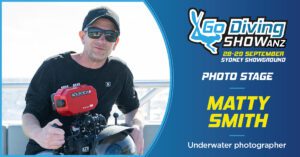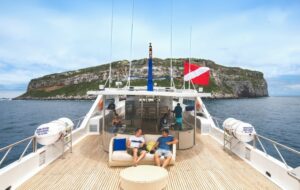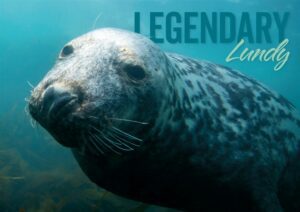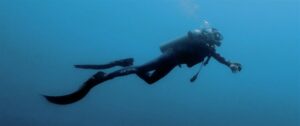Well-preserved timbers from “combat platforms”, gun-carriages and a weapons chest complete with ammunition-making equipment are among highlights of the most recent fieldwork on the Baltic wreck of the 15th-century Danish warship Gribshunden.
The mediaeval carvel was found by divers some 50 years ago, and underwater investigations with a view to eventually reconstructing the ship began in 2013, but today’s archaeological divers are continuing to drill down into surprising new elements of the site.
The results of dives carried out by experts from Stockholm and Södertörn Universities last spring have just been published, highlighting new insights into elevated combat platforms – in effect the ship’s forecastle and aftcastle – and the weapons chest.

The Gribshunden or Griffin-Hound, flagship of the Danish-Norwegian King Hans, sank at Stora Ekön in the southern Sweden’s Blekinge archipelago in 1495, after fire had broken out during a voyage to the Swedish city of Kalmar. The ship had been carrying some 100 German mercenaries at the time.
Although the wreck is partially disintegrated, the timbers scattered on the seabed are said to be very well preserved. The researchers have concluded that a large amount of the ship’s superstructure remains, with the timbers coming from the fore- and aftcastles.
The fieldwork fed into a project on soldiers’ weaponry and combat platforms led by Rolf Warming of the Centre for Maritime Studies (CEMAS) and Stockholm University and Prof Johan Rönnby of Södertörn University's research centre MARIS.
The researchers also identified and documented two cannon carriages but most significant was felt to be the weapons chest, which was documented for the first time using photogrammetric 3D technology.
Containing lead plates for the manufacture of handgun bullets, moulds and cylindrical cans thought to have been powder containers, the toolbox is thought to have been the property of the German mercenaries.

Mail armour
Fragments of mail armour from one or more shirts known as hauberks had been found at the wreck-site during earlier investigations, but these have now been analysed with the help of Prof Kerstin Lidén at Stockholm University’s Archaeological Research Laboratory.
The mail was found to contain several different wires woven together using a variety of techniques, which suggested repeated repair work. The hauberks have been calculated to contain as many as 150,000 rings.

“The ship is an important piece of the puzzle in the ‘military revolution at sea' in the Early Modern Period, in which the primary tactics shifted from hand-to-hand combat to heavy naval artillery fire,” says Warming.
“The ship will therefore also be compared with other important and uniquely preserved wrecks such as Mars (1564) and Vasa (1628) in order to understand this development.”
Documentation was carried out using underwater cameras and photogrammetric 3D technology in collaboration with international specialists from the National Museum of the Royal Navy in Portsmouth, the University of Southampton and the University of Connecticut.
The resulting report is included in Södertörn Archaeological Reports & Studies and Stockholm Studies in Archaeology.
Also read: Äpplet – sister-ship of the Vasa – found off Sweden








